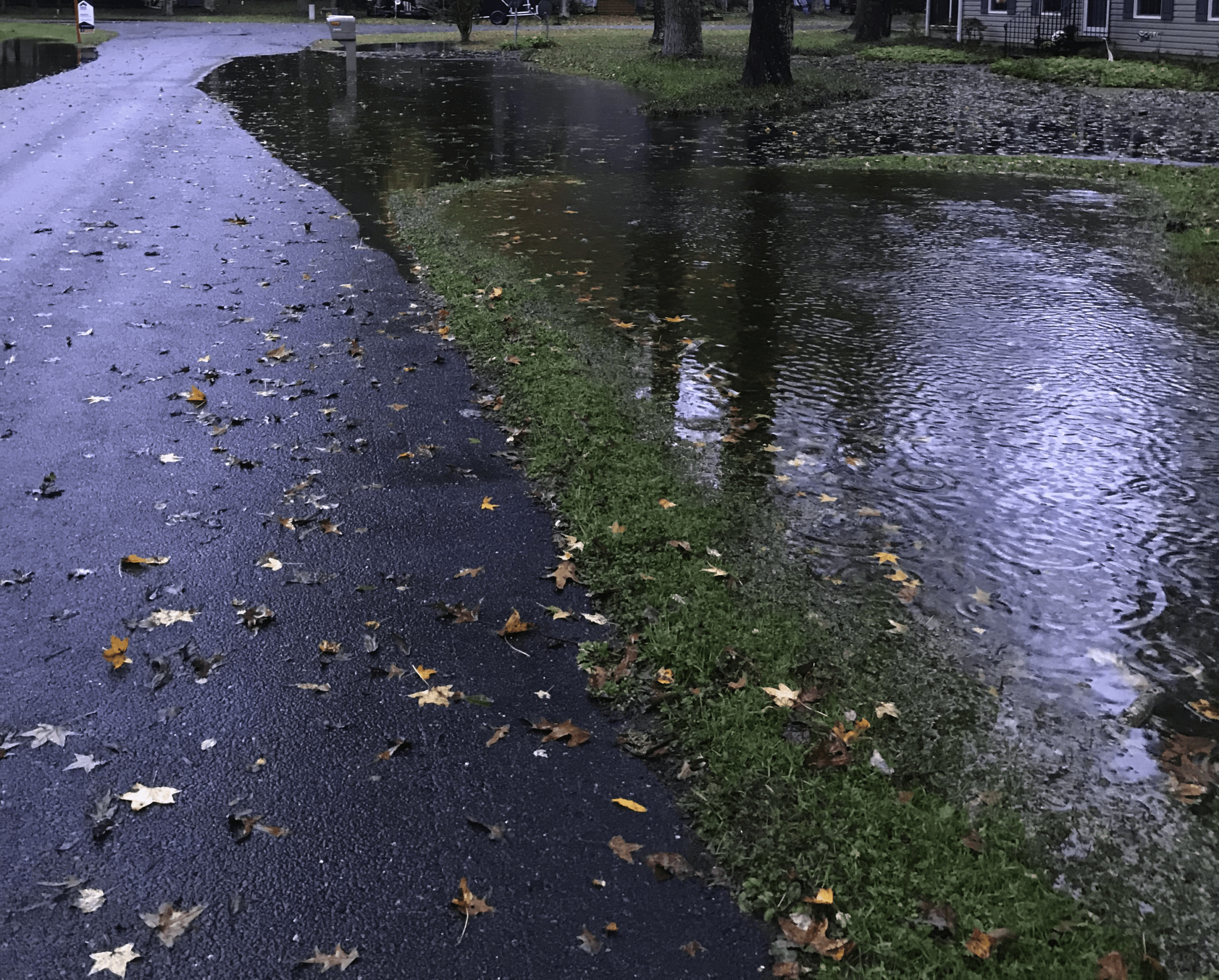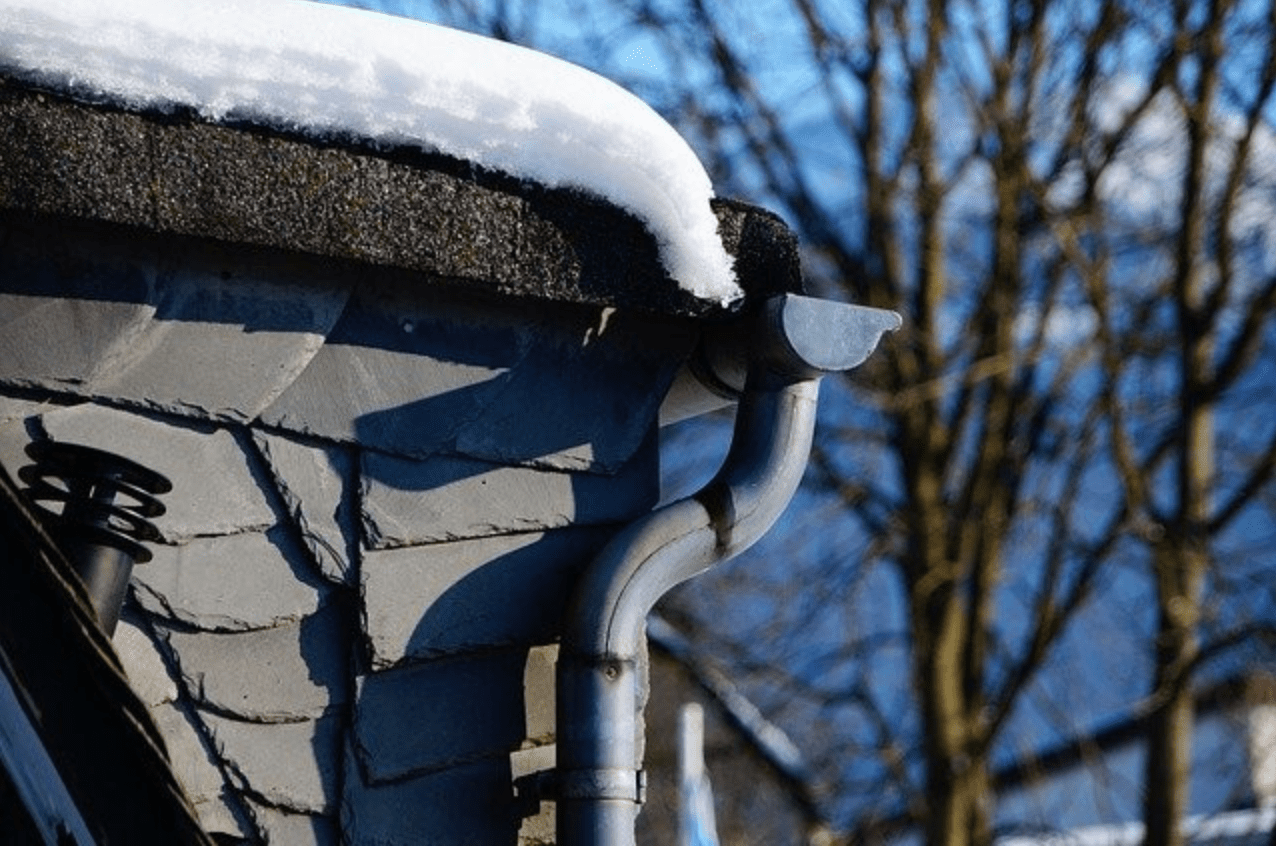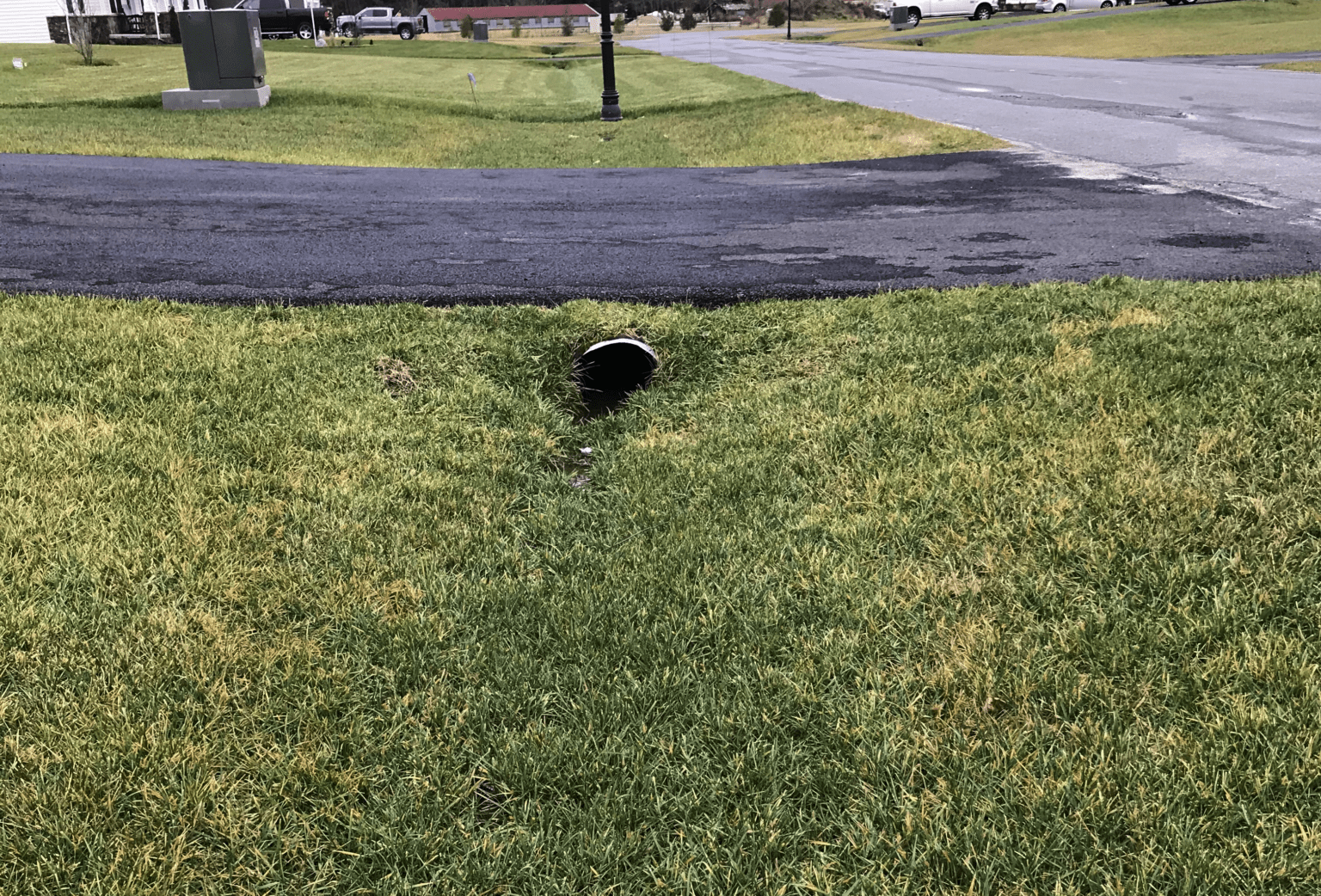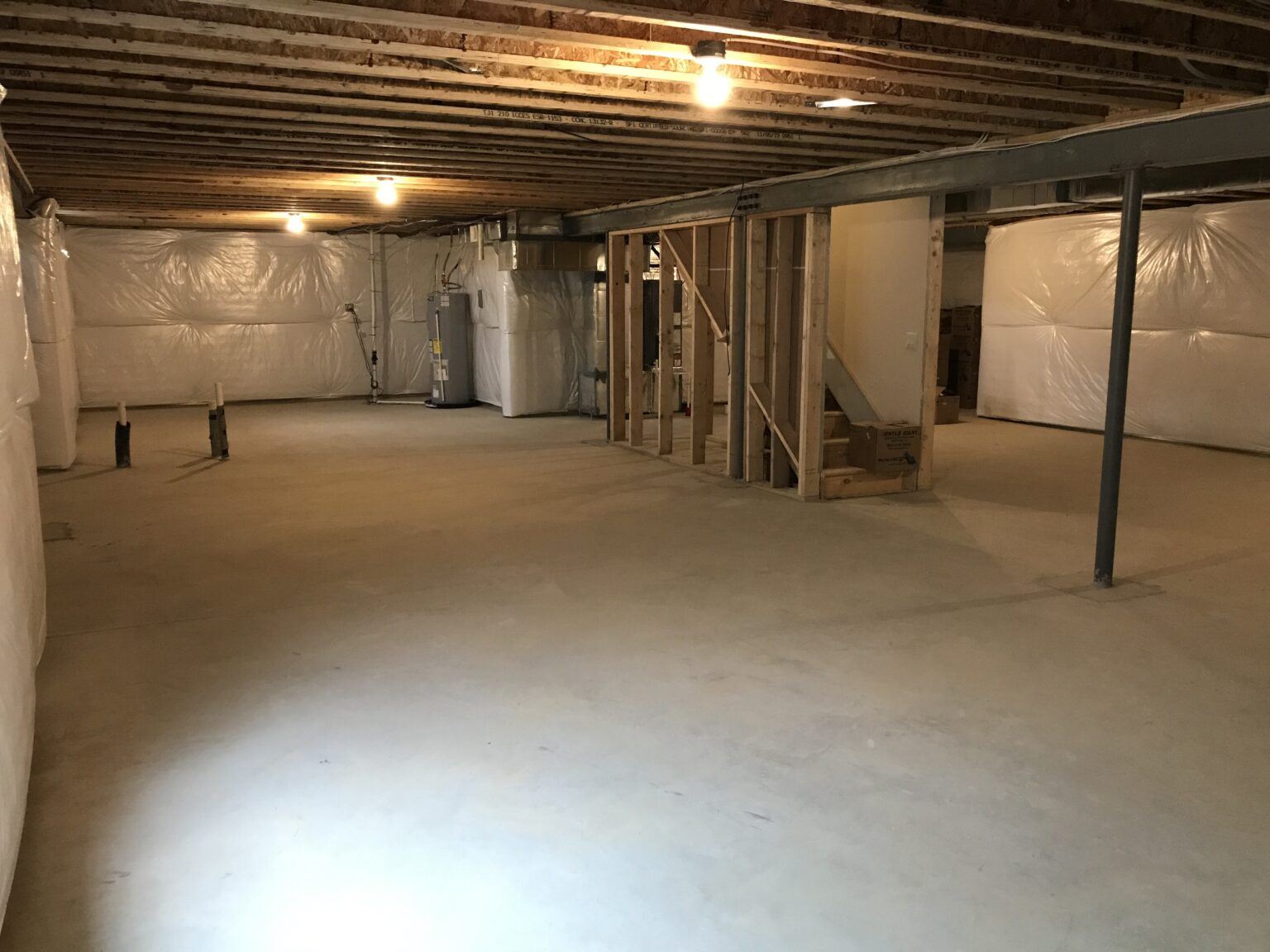Drainage problems in your yard can turn your beautiful lawn into a muddy swamp. The causes of this problem are various, and of course, you want to do something about it. But how do you fix drainage problems in your yard? Luckily, there are different solutions to overcome this problem.
One of the easiest ways to fix your drainage problems is to reduce watering. If that doesn’t help, try to extend the downspout, dig a creek, make a rain garden, dig a dry well, install an underground drainage pipe, or a French drain.
Some of these solutions are more complicated than others, and it is always best to rule out the easy-to-fix problems first before you implement more challenging solutions.
What Causes Drainage Problems in a Yard?
These are some of the most common causes of drainage problems:
Yard Slope
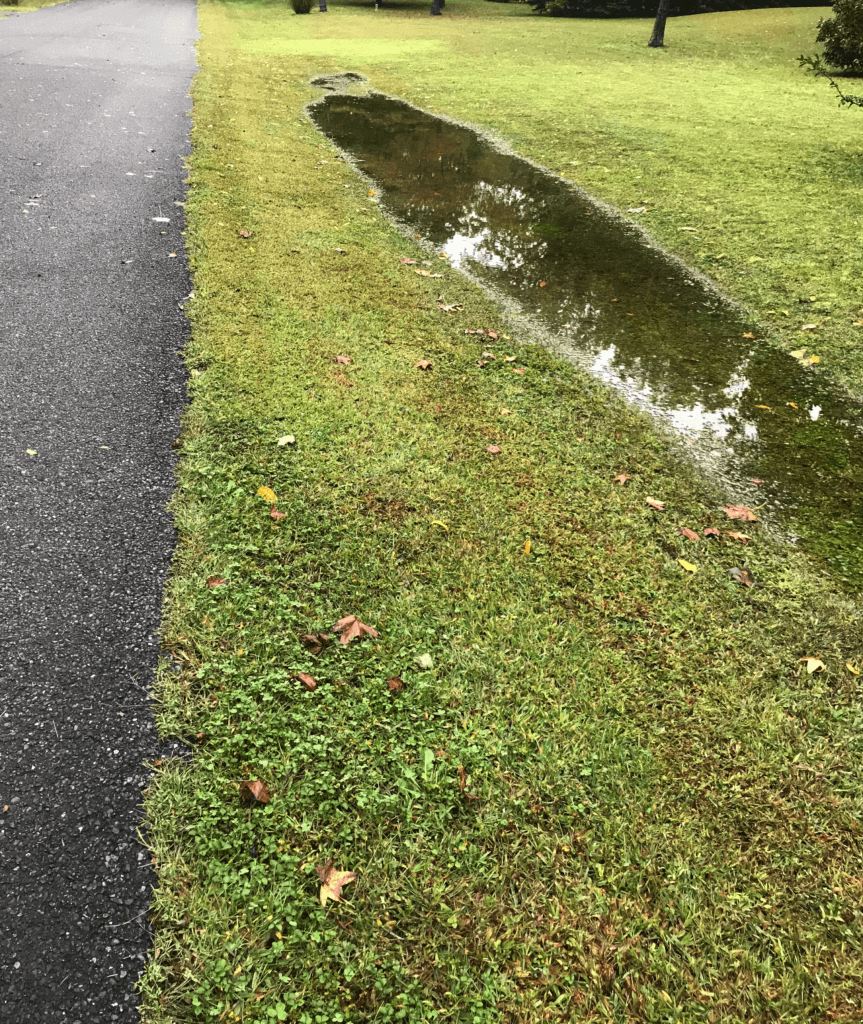
If your yard is plain and has no pitch, the water will stay in one place and won’t drain correctly. It is even worse if the yard slope diverts water towards your house. No builder will design a house like this on purpose, but after many years, soil can wash out, or you can also change the shape of the ground by doing some gardening work or parking your car in the yard. Whatever the reason, yard slope issues are not easy to fix.
Short Downspout
Your gutter has a downspout, and if it ends up in a place where drainage is inadequate, the water will accumulate there. Keep this in mind if you are installing a new one. Luckily, this problem is relatively easy to solve –see the best ways to solve yard drainage problems below.
Compacted Soil
Soil becomes compacted when soil particles are pressed together. Compacted soils are less porous, reducing water infiltration and drainage. Some types of soil retain moisture better than others. Clay is especially problematic. If you are doing any construction work or installing a pool, keep in mind the soil type. Maybe even consult a professional before you create a massive drainage problem.
Concrete
Many homeowners have driveways or pathways made out of concrete. These are great to avoid mud when going out and can look quite nice. However, concrete can block natural drainage and keep the excess water in one spot. As time goes by, this problem will likely increase.
Erosion
The topsoil can get washed away because of natural causes like rain. Gutter downspouts can also cause erosion if they are directed over sensitive soil. If the topsoil disappears, the water will collect in the remaining layers.
By the way, with all this water, we get to see more frogs; or are they toads?
What Are the Best Ways to Fix Yard Drainage Problems?
These are some of the proven methods to solve your yard drainage problems.
The first two are the easiest to implement. There is no point in doing expensive repairs if there is a chance these two will help. Take a look at where water accumulates and rule out these two first before tackling more complicated and expensive solutions.
Switch to a Reduced Watering Schedule
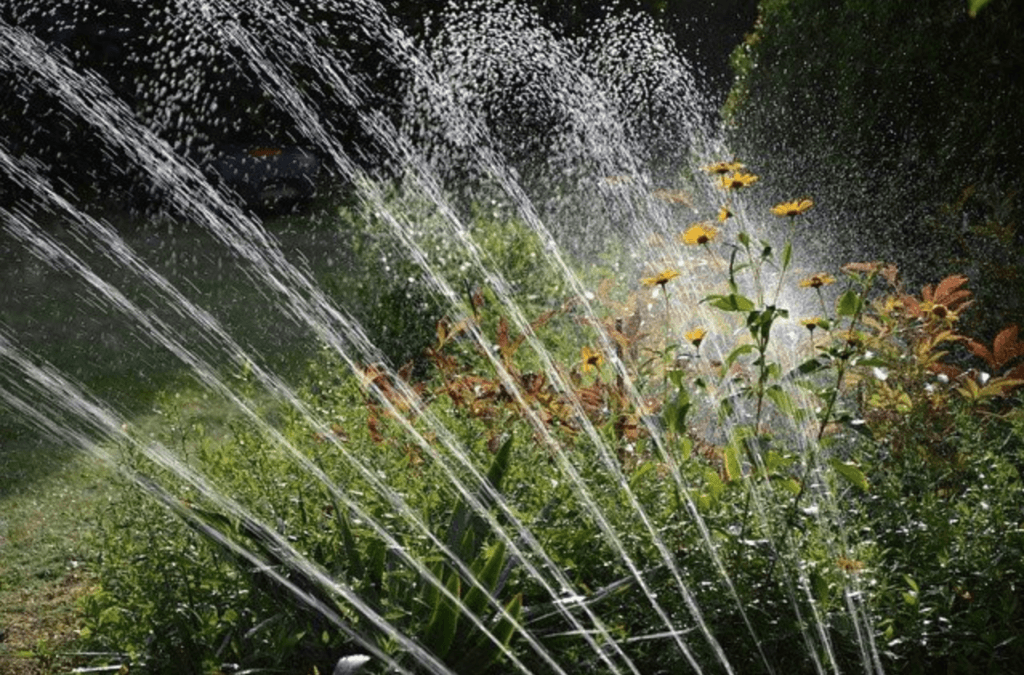
Naturally, everyone likes to have a lovely and lush garden or a lawn. Regular watering is essential, but frequent watering could be a mistake if your yard is retaining water. Try to water less frequently. If you have sprinklers, program them to water your lawn less.
Do this for a couple of weeks and see if it helps. You may be surprised as this is a common problem and the easiest to fix. Not only is it free and straightforward to do, but it will also save you money because you will use less water.
Extend or Redirect Your Downspout
The downspout is an integral part of your gutter system. Short downspouts will deliver all rainwater close to your house. If the yard slope is inadequate, water will remain in one spot. To resolve it, you will simply need to add a pipe of a certain length at the end of your downspout to make it longer and direct the water into the desired spot.
Make sure the location is suitable, and the water will drain properly. Also, be mindful and try not to create a swamp on your neighbor’s lawn. Sometimes, it will be enough to turn the downspout to face another direction by extending it for just a few inches.
Build a Rain Garden
The first two solutions were easy to implement and inexpensive. Now, we are getting to the more complicated ones.
For those who are sure that the problematic, water-retaining spot is far enough from the house and won’t cause a problem, making a rain garden is a good solution. Dig through the place where the water collects and plant different plant species that love excessive water.
Rain gardens don’t solve the drainage problem per se, but it will camouflage it. Instead of having a muddy pond, you will have a beautiful and lush decoration. However, if the drainage problem is severe and the water does not drain from your rain garden within a day or two, you may have to think about other options.
The video below from the James City County Stormwater department demonstrates how to build a rain garden. I found it very informative going over what you need to think of step by step.
Dig a Dry Creekbed
To build a dry creek bed, you will need to dig a trench, starting from a spot where the water is retaining. It does not have to be too deep, but it has to lead downwards. If your yard doesn’t have a downslope, you will have to create it. The more you have to dig, the harder it will be. Luckily, this is a possible DIY if you don’t want to spend the money to do it.
When the trench is completed, add landscape fabric, fill it with gravel and add decorative items like large rocks or boulders. The dry creek bed will require regular maintenance and cleaning, but it may solve your drainage problems, and it will also look cool.
The video below shows a finished dry creek bed that may inspire you to build something similar.
Dig a French Drain
When surface methods fail, you should think about digging deeper. A French drain is a gravel-filled trench in which a perforated pipe is installed, leading away from your house. When the pipe is installed, make sure the pipe’s holes are facing down to ensure the water gets into the pipe from the bottom. Then the pipes are covered with gravel.
This underground method is similar to a dry creek bed, but underground pipes, usually multiple ones, are more efficient in directing the water to the desired location.
Dig a Dry Well
A dry well is constructed to disperse excessive water, collected by dry creek bed or french drains. If there is a lot of water in the lower part of any previously constructed drainage system, you can build a dry well.
Dry wells can be homemade or bought. They look like a large metal barrel with holes. They are buried into the ground, and as the water flows into them, holes are there to release the water into the surrounding soil slowly.
Because the soil nearby will have a water source, think about planting flowers, bushes, or something else. Plants are great for preventing erosion.
Install an Underground Drainage Pipe
This last solution is in a way similar to the french drain. French drain needs gravel and holes in pipes to collect and drain water that ends up on the ground. Underground drainage pipes don’t have holes.
A downslope is crucial for this. Inlet has to be higher up than the discharge. The ideal slope would be 1/4 inch per foot. If your yard doesn’t have this slope, you can create it by digging in a certain depth.
This is a bit harder to construct because you need to dig a trench with a certain slope, install a pipe in it, and cover it with soil. Although this could be a DIY project, if you want to save time and get the best possible result, ask for help from experienced people.
What Can Happen if You Ignore the Problem?
Some of you may think, “so what? The water will eventually evaporate or drain somewhere”, but could be a big mistake.
Having small ponds around the house can cause severe problems and even damage your house. Ignoring drainage problems can cause the following:
Humidity
Retaining water will eventually find a way to your house, walls, and foundations. You probably know that basements are often very problematic. If the water enters your home, it will increase the humidity level.
Humidity itself is not a problem, but it can cause big issues, such as mold. Humidity is also bad for sensitive people with breathing problems, and if you are using your basement as a storage space, anything kept there can get ruined because of moisture. The same goes for finished basements.
Mold
Mold can be a huge problem. It can spread fast, harm human and animal health, and because it often starts in corners and dark areas, it could take a while for you to notice it.
Structural Damage
Moisture can make wood and structural elements of your house to rot. After a while, damage can be so large that the repair expenses become quite high. Having structural damage can also be very dangerous for the tenants.
Mosquitos
Mosquitos breed and live in standing water. Small “ponds” of muddy water in your yard are their ideal breeding ground. Having a mosquito infestation will ruin your peaceful summer nights spent in a yard.
Pests
All kinds of bugs and small creatures can move to your property because of a water source. Some of those creatures may feed on others, and you will soon have an unwanted ecosystem growing in front of your home. Some of these may even find a way into your home. No one wants that to happen, so fixing a serious drainage problem should be a priority.
Plants Dying
Plants need water, some more than others, but very often, plant species can also suffer from too much water. Many yard plants will die if their roots are constantly exposed to large amounts of water. No matter how hard you try to keep the yard nice and full of grass and flowers, water will eventually destroy it.
Related Posts:
